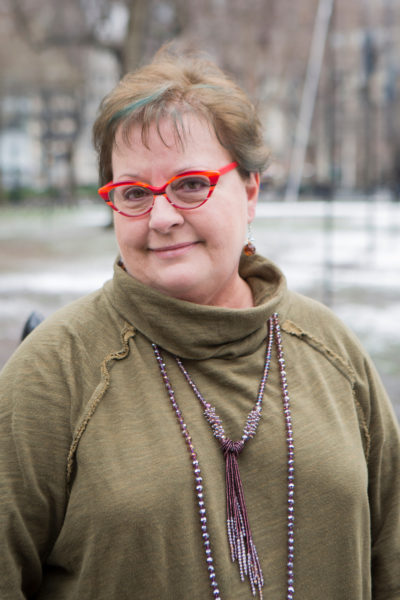Backed by $131m, Grasshopper Bank to roll out broadly next month
New York-based Grasshopper Bancorp, which opened for business to a select group of entrepreneurs and investors earlier this month, this week raised $116 million from investors, including T. Rowe Price Group, Patriot Financial Partners and Endeavour Capital Advisors. With $131 million raised to date, the digital commercial bank expects to hold a broader rollout of its platform by late June and a full launch in the fourth quarter, CEO Judith Erwin told Bank Innovation.
Grasshopper plans to do more than vie for the banking business of the startup community against the likes of Silicon Valley Bank. Erwin said, by having its own charter, which it received from the Office of the Comptroller of the Currency on April 30, Grasshopper can build a sustainable revenue model built on the arbitrage between deposits and loans, as well as from fees. She declined to name any of the startups with which it is working.
An industry veteran and former founding EVP of venture capital services at Square 1 Bank, Erwin said traditional banks have a high fixed-cost structure because of large data centers, high data processing costs, physical branches and employees doing work that could be automated if not for outdated legacy systems. “Our only fixed cost is the lease on our space here in New York,” she said. “From there, it’s all going to be costs for growth, and I’m happy to pay for growth.”

Grasshopper applied for a charter in October 2017 and received preliminary approval from the OCC and FDIC in July 2018, which Erwin described as “not terrible” considering the bank’s expectations.
Securing the charter was critical to the bank’s viability since challenger banks lose out on revenue by sharing it with the banks with which they must partner for regulatory reasons, Erwin explained. “I don’t see how the current challenger bank model, where you’re using another bank’s charter, is sustainable,” she added.
With the charter, Erwin said Grasshopper will be profitable in its second year, unlike many fellow challengers. “Most of these challenger banks are not charging any fees; they’re paying 2% interest, and they’re having to share the income they make on deposits with their core bank,” she explained. “How do you sustain that?”
Erwin noted that Grasshopper will have all the revenue levers a full-blown bank has and that she can be master of her own destiny. “I can control the level of service I provide because I’m doing everything soup to nuts,” she said. Challenger banks, meanwhile, must rely on their partner banks wanting to stay in the business, not getting sold, sharing revenue and staying compliant.
Julie Hill, a professor at University of Alabama School of Law, told Bank Innovation that the national bank charter application process can easily take a couple of years and, as a result, it’s a path many prospective banks are hesitant to take. Having ex-regulators on Grasshopper’s team likely was an advantage, she added.
Grasshopper’s team includes prominent former regulators such as Raj Date, former deputy director of the Consumer Financial Protection Bureau, and William Grant, former director of banking relations at the OCC. Currently, Date is a director and Grant is an organizer and founding director of Grasshopper.











